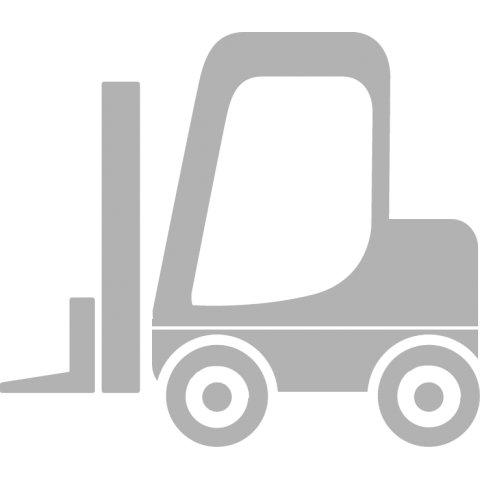Wacker Neuson TH627

classifieds board CALL US ANYTIME AT phone2018 WACKER NEUSON TH-6275,500 LB LIFT CAPACITY 19 FT OF REACH4 WHEEL STEERING AND 4 WHEEL DRIVEONLY 661 ORIGINAL 1 OWNER SOUTH FLORIDA SNOW FREE AND RUST FREE HOURSPOWERED BY A 74 HP KOHLER TURBO DIESEL2 SPEED TRANSMISSION PLUS CRAWL FEATUREAUTO LEVELING BOOM LIFT FEATUREALSO FEATURES AUX HYDRAULICS FOR ANY AND ALL ATTACHMENTS. THE SAME CARRIAGE PLATE AS ALL SKID STEERSHYDRAULIC POWER COUPLER OPTIONCALL US ANYTIME AT phoneThe TH627 ground-engaging telehandler offers a three-in-one machine concept that provides maximum versatility. Designed with a hydraulic skid steer plate, it delivers the digging capabilities of a wheel loader, the attachment versatility of a skid steer and the performance of a leading telehandler with a lift height of 18 ft. 10 in. and 5,500 lbs. of lifting capacity. The load management system maximizes performance by automatically adjusting the position of the load to increase cycle times and minimize tipping situations.LMS load management system
Maximize cycle times, minimize tipping situations — the Load Management System (LMS) improves performance by automatically adjusting the position of the load.
The bucket mode is used for loading and unloading material with a bucket and operating in an area where space is not confined. When raising the load in bucket mode, boom functions are controlled manually by the operator. When the boom is lowered, the LMS automatically retracts the telescopic arm to keep the load as close to the front axle as possible. While the boom is being retracted, the arm will lower at a reduced speed. Once the boom is fully retracted, the boom will resume lowering at normal speed. By managing the load in this fashion, bucket mode decreases the chances of tipping, as well as reducing the number of functions required by the operator to complete a task.
When the fork mode (also known as stacking mode) is selected, the telescopic arm works to maintain the load in a vertical plane when raising and lowering the attachment. When raising the boom in fork mode, the LMS raises and telescopes out at the same time, keeping the load on a vertical plane. This eliminates the need for the operator to self-adjust the load in a tight situation. When lowering the boom in fork mode, the LMS retracts and lowers at the same time, keeping the load on the same vertical plane. This makes fork mode the ideal choice for stacking and unstacking materials and for operating in a confined space.
Also published on classifieds board.

Add new question to seller